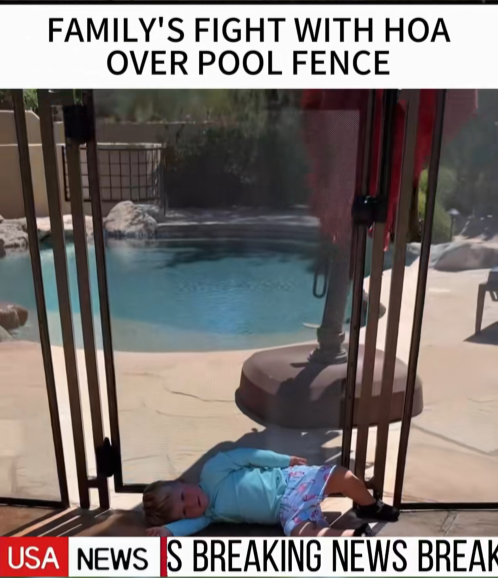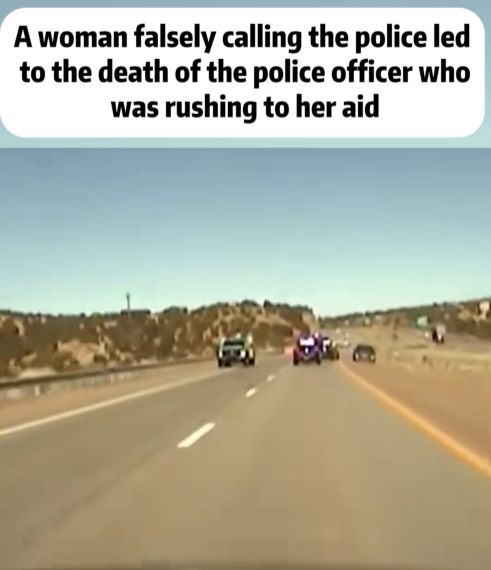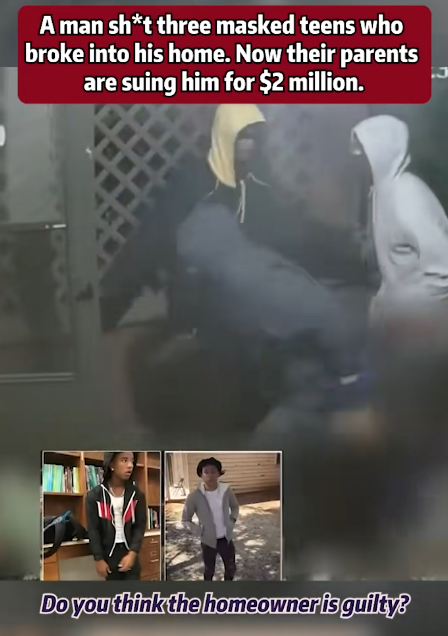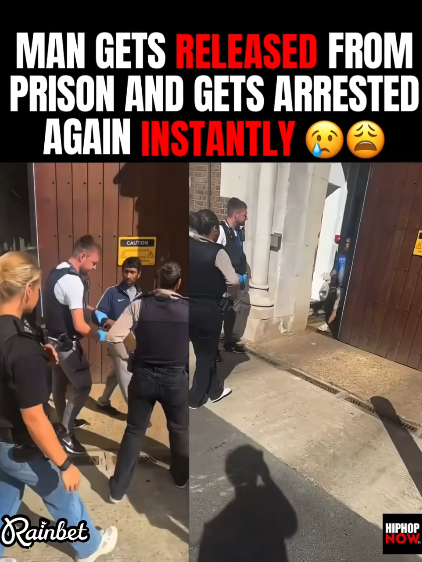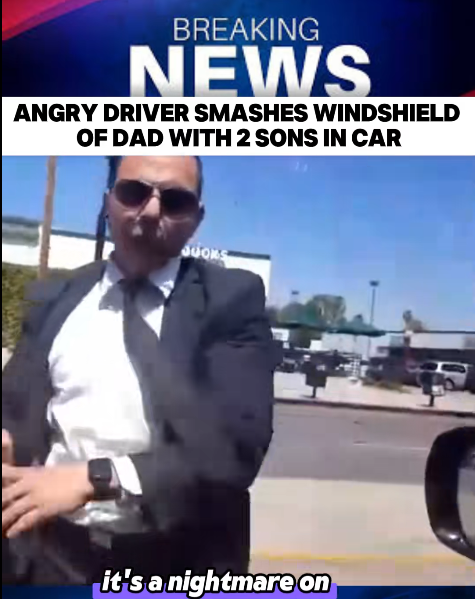“HOA Orders Family to Remove Pool Fence — Then Their Toddler Gets Hurt, Sparking Major Outrage”
A family’s quiet suburban life has erupted into a heated battle with their Homeowners Association after a frightening incident involving their young child reignited a long-running disagreement about pool safety. The photo circulating online shows a toddler lying at the base of a pool-side gate—an image that has triggered thousands of emotional reactions from parents across social media.
According to the family, the conflict began when the HOA told them their approved pool-safety fence was suddenly “out of compliance,” demanding costly modifications or full removal. The family claims they pushed back immediately, explaining that the fence wasn’t decorative—it was the barrier protecting their toddler from one of the most dangerous areas of any home: a backyard swimming pool.
The family says they repeatedly warned the HOA that a missing or weakened barrier could place their child at real risk. But the dispute dragged on, with the HOA insisting on strict guidelines and threatening fines if changes weren’t made. The tension escalated until the day everything took a frightening turn.
The viral image shows the family’s toddler lying on the ground after reportedly getting caught between sections of the partially-removed fence. The child appears shaken, and although the family says they were thankful the toddler wasn’t seriously injured, the incident has intensified their fight.
Online, the reaction has been explosive:
- “This is exactly why safety fences exist — toddlers move fast.”
- “HOAs should not have more power than parents protecting their kids.”
- “Imagine prioritizing aesthetics over a child’s life.”
- “This could have been a tragedy.”
Safety experts note that home swimming pools are one of the leading hazards for young children, with accidental drownings happening silently and within seconds. A properly-installed pool fence is widely considered one of the most effective protective measures. That reality is driving much of the online outrage, with many criticizing HOAs for sometimes focusing on cosmetic uniformity rather than practical safety needs.
The family claims they had documentation showing the fence model was approved when they moved in. But the HOA reportedly updated regulations, saying the existing structure no longer met new standards. The family says the new demands were unrealistic, costly, and placed them in a dangerous position: either comply and temporarily weaken the safety barrier, or face escalating fines.
Now, supporters across the country are urging the family to pursue legal action, saying safety regulations should never put a child at risk. In contrast, some commenters argue that HOAs may have had structural or compliance concerns, though most agree that timing and communication were handled poorly.
As the family weighs their next steps, they say their priority remains what it always was—protecting their child. They hope the incident sparks broader awareness about the importance of prioritizing safety over neighborhood aesthetics.
One comment summed up the public sentiment:
